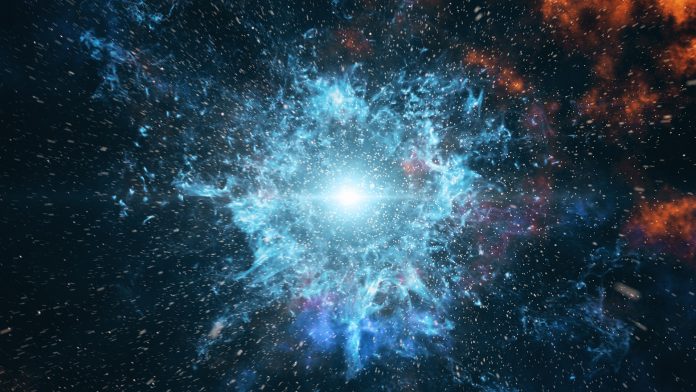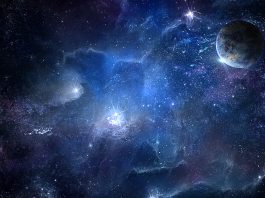A research team, led by Lund University in Sweden, has provided an important clue to the origin of the element ‘Ytterbium’ in the Milky Way, by showing that the element largely originates from supernova explosions.
This research into Ytterbium is considered groundbreaking, as it also provides new opportunities for studying the evolution of our galaxy.
What is Ytterbium?
Ytterbium is one of four elements in the periodic table that is named after the Ytterby mine in the Stockholm archipelago. The element was first discovered in the black mineral gadolinite, which was first identified in the Ytterby mine in 1787.
Ytterbium is considered very interesting in the scientific community, because it may have two different cosmic origins.
Researchers believe that one half comes from heavy stars with short lives, while the other half comes from more regular stars, much like the Sun, and that they create Ytterbium in the final stages of their relatively long lives.
“By studying stars formed at different times in the Milky Way, we have been able to investigate how fast the Ytterbium content increased in the galaxy. What we have succeeded in doing is adding relatively young stars to the study,” explained Martin Montelius, astronomy researcher at Lund University at the time of the research, and now at the University of Groningen.
What have scientists discovered about this element?
It has been speculated that Ytterbium was thrown into space by supernova explosions, stellar winds, and planetary nebulae. There, it accumulated in large space clouds from which new stars formed.
By examining high-quality spectra of approximately 30 stars in the Sun’s vicinity, the researchers were able to provide important experimental support for the theory of the cosmic origin of Ytterbium. From this, it has been established that Ytterbium largely originates from supernova explosions.
“The instrument we used is a super-sensitive spectrometer that can detect infrared light in high resolution. It was used with two telescopes in the southern United States, one in Arizona and one in Texas,” said Martin Montelius.
Since the Ytterbium analysis was accomplished by utilising infrared light, it will now be possible to study large areas of the Milky Way that lie behind impenetrable dust. Infrared light can get through the dust in the same way that red light from a sunset can get through the Earth’s atmosphere.
“Our study opens up the possibility of mapping extensive parts of the Milky Way that have previously been unexplored. This means that we will be able to compare the evolutionary history in different parts of the galaxy,” concluded Rebecca Forsberg, doctoral student in astronomy at Lund University.
This study has been published in Astronomy & Astrophysics.









